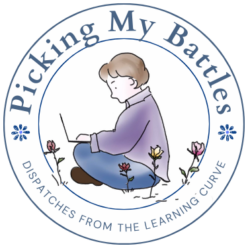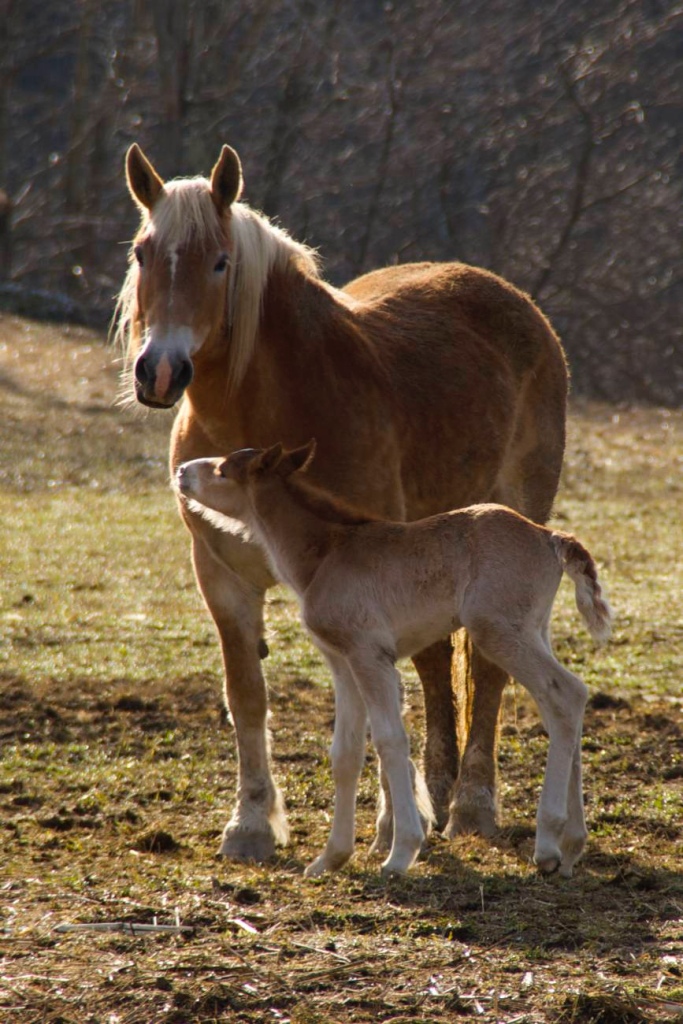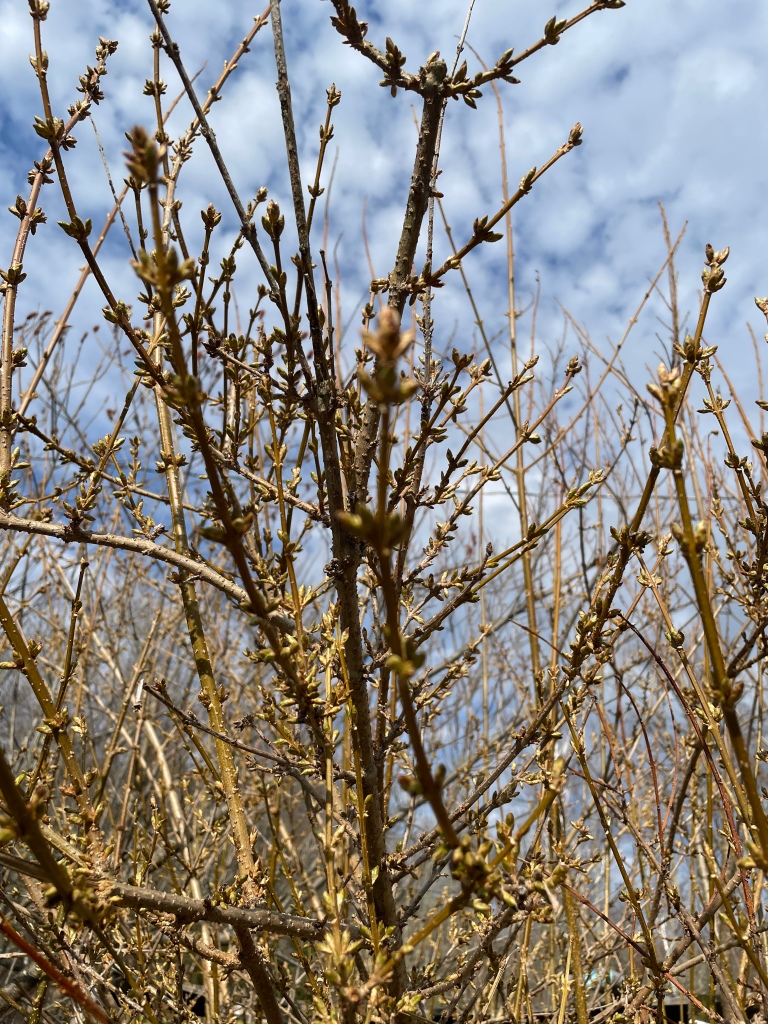“Harry Rich has been showing up at his studio (every day) for 71 years,” read the first line of the article, reprinted from a 2021 issue of Art New England Magazine that I’d picked up at the gallery entrance.
I browsed through the rooms of the gallery, having the same reaction I always have with wonderful art. The world and its chaos faded away, and, for a few moments, there was only peace and color and light. By the end of our visit, however, there was something else just as wonderful and completely unexpected.
I’ve known Harry Rich for many years. I’ve been friends with his wife, Mallory, also an artist. Visiting their house and viewing her expressive landscapes on one wall and his large square, colorful abstracts on the living room walls is like discovering a secret world. Seeing his luminous paintings in a gallery, however, was like getting free admission to an art museum in a major city.
This gallery is not in a major city. It is in Arlington, Vermont at a community center called the Arlington Commons. Housed in a former Catholic church and rectory, the Commons is new community gathering place and gallery space.
Last night, this town of 2500 had a new pizza place open (a major event), and, as the Big Guy and I headed over to sample the vittles, we passed the new community center and a sign announcing Harry’s art show. We knew an after dinner visit was mandatory to complete the perfect date night. By the time we got to the art show, a quorum of friends and neighbors had had the same idea.
As we walked to the entrance, we waved at people we haven’t seen outside of Facebook since before Covid. For reasons passing understanding, I was suddenly shy about seeing people I’ve known for 20 years or more. I wasn’t sure what to say or for the first few minutes, but just asking how people were or about their kids, opened the floodgates. We mingled through the crowd of 30 or so people, and I felt like I was returning to something. The looks on the faces of other guests suggested at least a few people felt the same way.
We finally walked into the gallery with 45 minutes to spare before the opening was over. We spent a good part of the time wandering through the space, sometimes talking stopping to talk to a friend or neighbor. I read through Harry’s unofficial bio several times as I took in the paintings.
In his interview with Art New England, he spoke of himself as a poet as much as a painter, and his description was perfect. It leaves out a few things, however. I read the line about showing up, absorbing the implications as each new painting opened gateways into Harry’s imagination.
At the end of the walk-through, I returned to the entrance where Harry and Mallory were talking with other guests. The Big Guy and I gushed over his paintings as the four of us caught up for a few minutes. I told Harry how much I loved the insight into his work the article provided. I loved learning about him “showing up“ and continuing to paint even when he thought “the paint had won.“
I thought of the times I’ve hung up my apron when I couldn’t solve a problem in a painting, swearing to the sky that I forgotten everything I know. As if our minds were meeting, Mallory voiced the same sentiment.
Harry overheard that part of our conversation and looked at his wife and then at me and the Big Guy. With a mischievous look in his eye said, “That’s bullshit.”
He wasn’t telling anybody how talented they were, he was telling any artist who was listening to get off their butts and get to work. He was telling us all to show up. He had given us the gift of his creativity, reconnecting his community with each other and, in several cases, connecting people with art in a completely new way.
I’ve been guilty of not showing up for so many things over this last year. I haven’t reported to my studio with any consistency. I’ve been reluctant to rejoin community even as Covid restrictions recede.
Last night as we finished reconnecting, we both decided that we would be back for future get togethers. Harry’s work had been a tangible reminder that we need show up regularly for the little bit vital things in our lives and our community. After all, showing up did more than produce a few rooms full of his paintings. It made him a master. It made him an inspiration.
Harry Rich: “The Vermont Years, So Far…” exhibit
is on view until September 6, 2022
The Arlington Common hours are
Thursdays 5-7 & Saturdays 10-3
3938 Historic RTE 7A , Arlington, VT 05250
Like this:
Like Loading...




